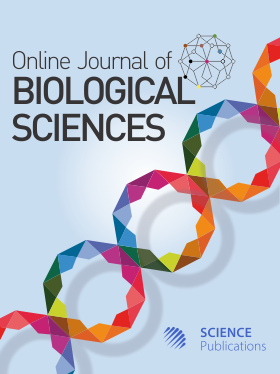Experimental Assessment of Survival Rate of Artemia franciscana in Salt Waterbodies of Kazakhstan and Coexistence Possibility with the Local Species Artemia parthenogenetica
- 1 Laboratory of Hydrobiology, Fisheries Research and Production Center, Almaty, Kazakhstan
- 2 Department of Biodiversity and Bioresourses, Faculty of Biology and Biotechnology, Al-Farabi Kazakh National University, Almaty, Kazakhstan
- 3 Laboratory of Hydrobiology, Institute of Zoology, Almaty, Kazakhstan
- 4 Department of Animal Food Processing Technology, Faculty of Technology and Bioresources, Kazakh National Agrarian Research University, Almaty, Kyrgyzstan
Abstract
The use of low-productive salt waterbodies for artemia production and increasing their productivity is a topical issue due to demands for Artemia cysts. One of the best representatives of Artemia, which will increase the productivity and value of low-productive salt waterbodies is Artemia franciscana. In this regard, the topically applied task is the experimental assessment of the survival rate of A. franciscana in salt waterbodies of Kazakhstan and the coexistence possibility with the local species Artemia parthenogenetica. The experiment was carried out in hydrobiology laboratory LLP «fisheries research and production center». According to the results of a laboratory experiment, A. franciscana could not only grow and reproduce in the conditions of saltwater bodies of Kazakhstan but also get ahead of the local A. parthenogenetica in many variables. One-way Analysis of Variance (ANOVA) revealed statistically significant (p>0.05) differences between the values of the crustacean variables: A. franciscana reaches sexual maturity earlier (10 days) than A. parthenogenetica and the number of one`s cysts is almost twice as much as the local species. Based on this, it can be assumed that the introduction of A. franciscana into non-commercial saltwater bodies will undoubtedly increase their productivity and value. However, due to its high productivity and viability, an exotic crustacean can create food competition with local species and occupy a significant part of the habitat, which in turn will lead to the suppression or displacement of the native parthenogenetic population. A. franciscana, when introduced, can pose a threat to the ecosystem of other saltwater bodies of Kazakhstan and neighboring countries due to its ability to spread by waterfowl. The conducted research showed that it is necessary to carry out measures for introducing A. franciscana outside its natural habitat with great caution while taking into account all of its above-mentioned biological features
DOI: https://doi.org/10.3844/ojbsci.2024.788.793

- 2,955 Views
- 1,708 Downloads
- 0 Citations
Download
Keywords
- Salt Waterbodies
- Artemia
- Cysts
- Introduction
- Coexistence
